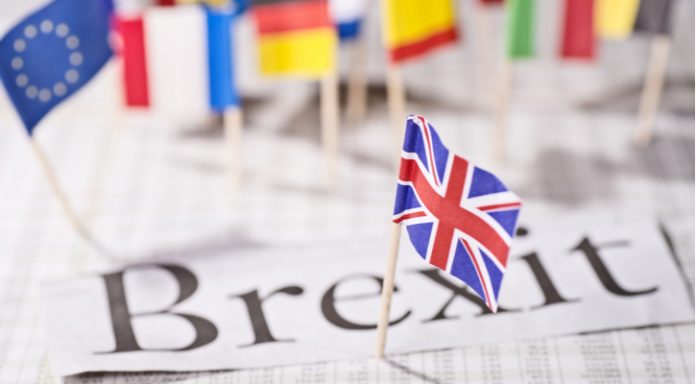Weak eurozone data and more cautious sounding European Central Bank weighed on the euro on Thursday. The weaker euro allowed the pound euro exchange rate to rally, hitting a peak of €1.1567, its highest level in 10 months.
| What do these figures mean? |
|---|
When measuring the value of a pair of currencies, one set equals 1 unit and the other shows the current equivalent. As the market moves, the amount will vary from minute to minute. For example, it could be written: 1 GBP = 1.13990 EUR Here, £1 is equivalent to approximately €1.14. This specifically measures the pound’s worth against the euro. If the euro amount increases in this pairing, it’s positive for the pound. Or, if you were looking at it the other way around: 1 EUR = 0.87271 GBP In this example, €1 is equivalent to approximately £0.87. This measures the euro’s worth versus the British pound. If the sterling number gets larger, it’s good news for the euro. |
Pound investors had very little to focus on in the previous session, with no data on the UK economic calendar and no central bank speeches. Instead the pound was broadly in favour in the previous session as investors grew increasingly optimistic that the Brexit deal will be achieved. Brexit Secretary David Davis said the probability of no deal being reached was tiny. If there is a Brexit deal then there is a transition deal, which provides a smooth change for UK businesses for leaving the European Union. This is good news for UK businesses and therefore for the economy. As a result, the pound has charged higher.
| Why is a “soft” Brexit better for sterling than a “hard” Brexit? |
|---|
| A soft Brexit implies anything less than UK’s complete withdrawal from the EU. For example, it could mean the UK retains some form of membership to the European Union single market in exchange for some free movement of people, i.e. immigration. This is considered more positive than a “hard” Brexit, which is a full severance from the EU. The reason “soft” is considered more pound-friendly is because the economic impact would be lower. If there is less negative impact on the economy, foreign investors will continue to invest in the UK. As investment requires local currency, this increased demand for the pound then boosts its value. |
Today UK economic data is once again in short supply, instead market participants could continue to react to the encouraging Brexit news. Investors will need to wait until next week for economic statistics to start driving the pound’s price again as UK inflation figures come into focus.
Data & ECB Minutes Weigh on Euro
The euro started the day on the back foot and remained there for the whole of the previous session. Firstly, industrial production data was much weaker than what analysts had been anticipating. Industrial production for the bloc contracted month on month in February by -0.8%, well short of the 0.1% growth forecast. Meanwhile on an annual basis industrial production dropped to 2.9%, lower than the 3.5% forecast and down on January’s 3.7% growth. There have been growing concerns among investors that growth in the eurozone economy is running out of momentum and yesterday’s data once again supports these concerns. This is turn is making the euro less attractive.
| Why does poor economic data drag on a country’s currency? |
|---|
| Slowing economic indicators point to a slowing economy. Weak economies have weaker currencies because institutions look to reduce investments in countries where growth prospects are low and then transfer money to countries with higher growth prospects. These institutions sell out of their investment and the local currency, thus increasing supply of the currency and pushing down the money’s worth. So, when a country or region has poor economic news, the value of the currency tends to fall. |
Secondly the minutes from the ECB meeting were more conservative than what traders had been expecting. This meant that investors pushed back slightly the odds for the next rate rise, which weighed on the common currency.
Today market participants will turn their attention to inflation data for Germany in the form of the consumer price index. German inflation can serve as a good precursor for eurozone data due next week. Analysts are expecting German inflation to remain constant in March.
This article was initially published on TransferWise.com from the same author. The content at Currency Live is the sole opinion of the authors and in no way reflects the views of TransferWise Inc. |





